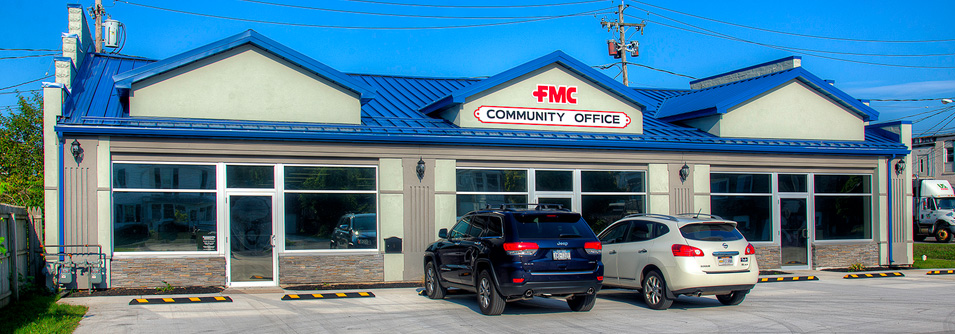
Agencies’ Final Statement of Basis for Suspected Air Deposition and Culvert 105 Study Areas - May 2013
The regulatory Agencies (New York State Departments of Environmental Conservation and Health) made their Statement of Basis for the suspected air deposition and Culvert 105 study areas available on May 28, 2013.
Click on to view the following May 2013 documents:
Agencies’ Draft Statement of Basis for Suspected Air Deposition and Culvert 105 Study Areas - June 2012
On June 15, 2012, the Agencies made their Draft Statement of Basis for the suspected air deposition and Culvert 105 study areas available.
The Draft Statement of Basis outlines the Agencies’ choice for a Corrective Measure Alternative for the remediation of arsenic in soil in Middleport. Also available is the Responsiveness Summary for comments submitted during the 2011 CMS Public Comment Period.
The Agencies held a public meeting for the Draft Statement of Basis on June 27, 2012 at the Middleport Fire Hall in Middleport, NY. They also held public availability sessions on June 28, 2012 and July 26, 2012. The public comment period on the Agencies’ Draft Statement of Basis started on June 15, 2012 and ended on August 13, 2012.
Documents associated with this CMS can be viewed at the links listed below:
- The June 2012 Public Meeting announcement can be viewed here
- Transcript From June 27, 2012 Public Meeting
- Agencies’ Draft Statement of Basis – Draft SOB for Air Deposition and Culvert 105
- Responsiveness Summary – Agencies’ Responses to Comments
- Agencies’ Factsheet – Factsheet for Draft Statement of Basis
- Arsenic FAQ – Department of Health Q&A on Arsenic in Soil
- Arsenic SCOs – DOH Document About Soil Cleanup Objectives in NYS
What You Need to Know About the Preliminary Statement of Basis
June 27, 2012
1. What did the State Agencies recommend?
In its Preliminary Statement of Basis (PSOB), also known as Draft Statement of Basis, the Agencies recommend remediation of soil on 181 properties, which FMC estimates would take 10 years to complete. They also propose remediation of soil to a maximum arsenic concentration of 20 parts per million (ppm) on each affected property, with flexibility for the state, “on a case-specific basis…to accommodate property owner concerns with structures, trees, etc., [and] allow for a limited number of samples to exceed this level.”
2. How does the Agencies’ recommendation compare to the other options?
The Agencies created a new Corrective Measures Alternative (CMA) for their recommendation. This new option—which they call CMA 9—is similar to the original CMA 2, impacting 181 properties and calling for removal of 228,000 cubic yards of soil. Compared to other CMAs, the agencies note in the PSOB that it will “require the establishment of more private property access agreements, involve addressing excavation under more trees (e.g., hand excavation or tree removal/replacement), and result in more truck/vehicle traffic on local streets/roads than CMAs 3-7.” Based on FMC’s evaluation of the very similar CMA 2, this new CMA will take an estimated 10 years to implement, which is at least twice as long versus nearly all of the other CMAs.
3. Is the recommendation consistent with what the community desired?
No. The state’s recommendation is not only counter to years of scientific research and evaluation, but it also ignores the wishes of the Middleport community about site-specific remediation. The proposed remedy would negatively impact property owners and could disrupt the community for up to 10 years.
4. What is FMC’s view of the recommendation?
FMC has conducted extensive cleanup in the community, investing more than $200 million in clean-up and neighborhood renovation over the last 20 years. It’s time to finish the job on Air Deposition Area #1 and Culvert 105, but it is essential to implement a remedy that is right for the affected property owners and broader community. FMC is ready and willing to implement a compromise remedy CMA 3, which would more than adequately protect human health and safety, provide a sufficient clean up, and cause less disruption to the community. Many members of the community favor “no further action.”
5. Are there health risks to the community?
FMC shares the agencies’ commitment to health and safety, and the remedy must recognize that several scientific studies show no increased health risks to residents. FMC commissioned an independent study by an international recognized expert on arsenic toxicology, Dr. Rosalind Schoof. Her study found no increased exposure to arsenic in Middleport residents and no increased risk from the arsenic in the soil. Based on several scientific studies, there is no meaningful risk reduction from any of the additional corrective measures that have been proposed.



